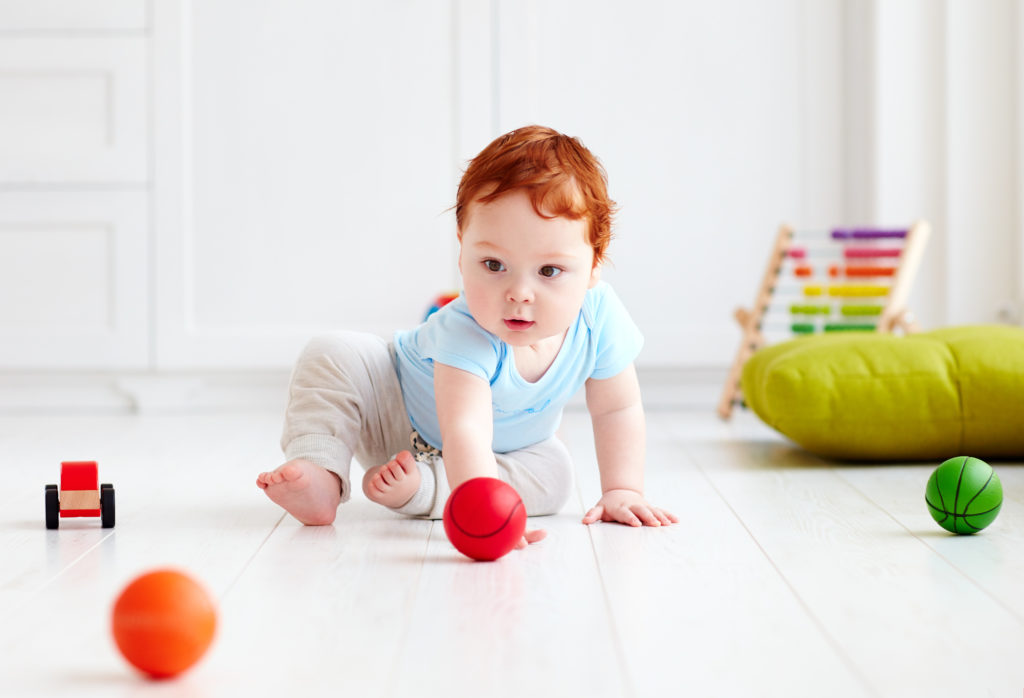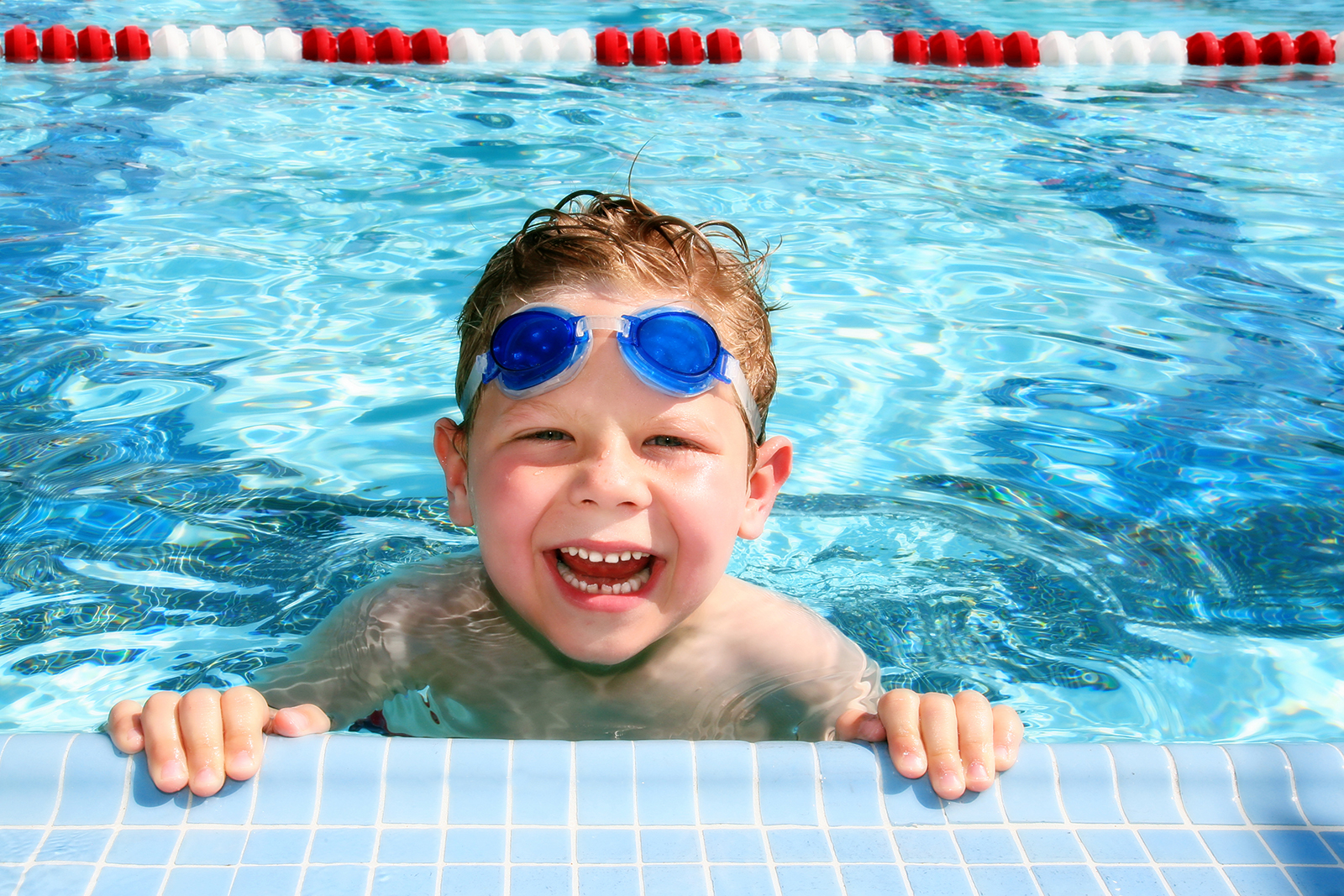
Babies are naturally curious, and as parents we want to foster this curiosity so that they can learn and grow into happy, imaginative kids. But while a curious baby is a great thing for childhood development, there are things all around the house that can cause your baby harm if they are able to get into them.
September is National Baby Safety Month, sponsored by the Juvenile Products Manufacturers Association, and we’re raising awareness of some common ways for parents to make their baby’s environment safe for exploration, learning, and fun.
Look at your home from the baby’s perspective— literally.
The best way to begin making your home safe is to get a baby’s eye view of your surroundings. As silly as it sounds, getting on your hands and knees can help you see what your baby could potentially reach and be curious to investigate. While hazards like electrical outlets and cleaning supply cupboards may be obvious right away, harder-to-spot dangers like sharp corners, hanging tablecloths, and end tables that are easy to tip over could be overlooked from a grownup’s perspective.
Make a list of everything you find and share it with your friends and family, especially those who have had children before and can help you in the baby-proofing process. Other parents may even be able to pass on extra child safety items like outlet covers and edge safety bumpers to help you get started. Just make sure any second-hand baby proofing items are still in great condition and will be effective in protecting your baby from being hurt.
Child-proofing is an ongoing process.
As your child grows, they can get into more places. For parents, this means that staying one step ahead of their development is key. For example, install safety gates at the top and foot of staircases before your baby starts crawling so the family is already used to them by the time they’re needed. If your baby has an older sibling, make sure they understand it’s their job to
help keep the baby safe, too, by picking up after themselves and closing doors, cabinets, and potty seats when they are done. When your child starts trying to climb over the gates, it may be time to teach them how to use the stairs properly.
Never leave your baby unattended during changing or bath time and avoid any distractions
New parents have a lot on their plates. Even if this isn’t your first child, it’s easy to miss things when it’s time to change, feed, or wash your baby. Make sure that everything you need to carry out these tasks—from diapers and shampoo to toys and bottles—are within arm’s reach before feeding, hanging, or bathing your baby. If your child is prone to fidgeting, it’s wise
to use the restraints on your changing pad and bathers.
Do not leave your baby in their car seat, even if they’re sleeping.
While car seats are ergonomically engineered to ensure your baby is safe when riding in the car, they are not always suitable outside of that environment. If your baby’s head falls forward, with their chin resting on their neck, it may restrict their airflow. Make sure you transfer your baby to a safer chair or their crib to continue napping. UNDER NO CIRCUMSTANCES should you place any baby seat on top of a counter or table with your baby still in it.
Baby-proof your car, too.
Your car is just as important to secure as your home. Babies should always be restrained in a car seat every time they’re in any car. It’s safest for your baby to ride rear-facing until age 2, and ride in the back seat until age 13. If your young child must ride in the front, make sure the passenger airbags are disabled. Under no circumstances should a child ride in the front if they
haven’t outgrown car seats or booster seats.
Remember: You’ve got this
We all know that parenting is a big responsibility. The first few years can be some of the most critical in your child’s development. But it’s also an amazing adventure that will go by faster than you can imagine. Make sure to take some time for yourself while you’re on this adventure, both to recharge your batteries and to be thankful for this wonderful ride called parenthood. And if you have any questions, don’t hesitate to reach out to those who can help. You’ve got this.

 What to Do When Your Child Has Swimmer’s Ear
What to Do When Your Child Has Swimmer’s Ear